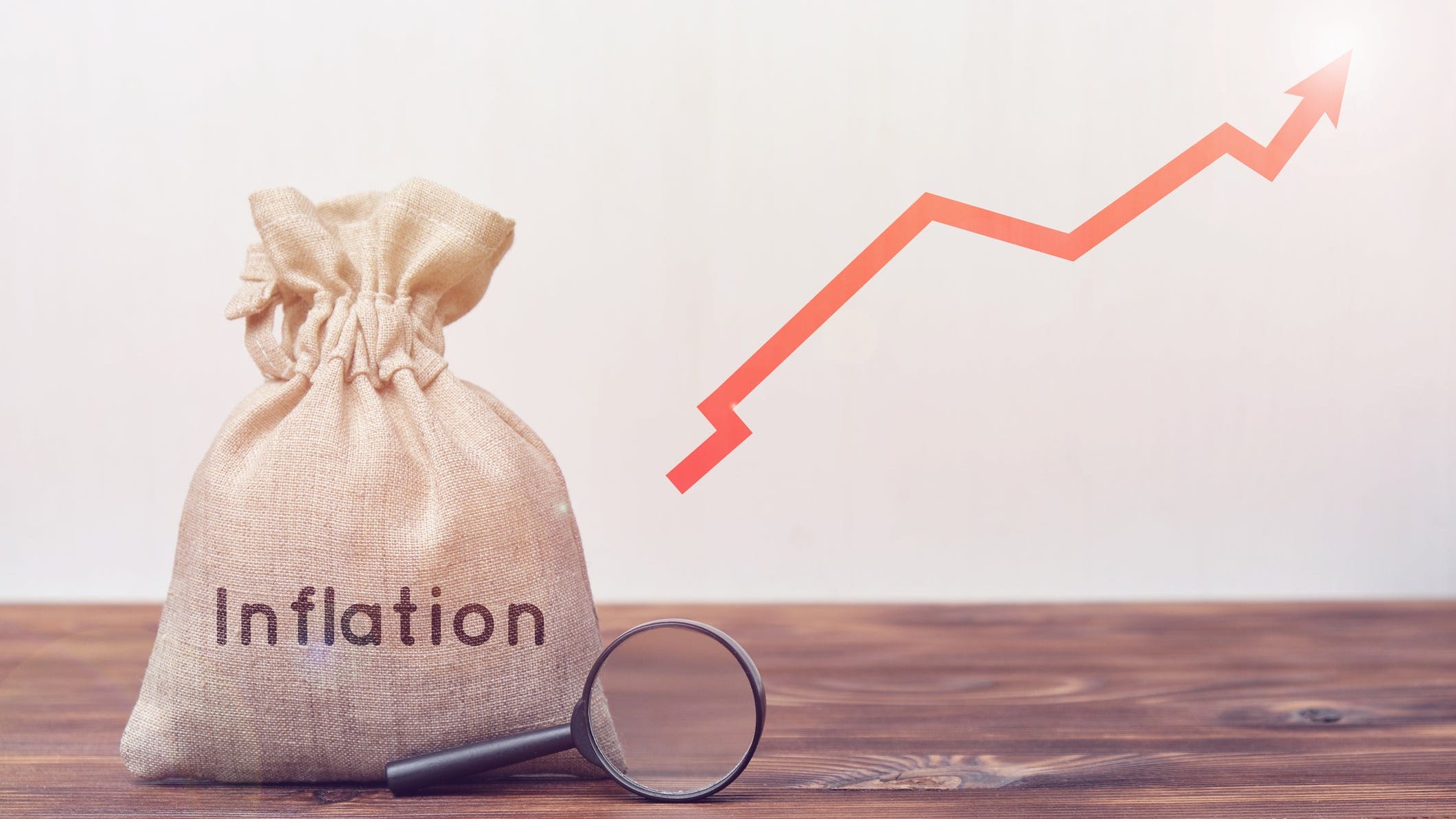While the Kenyan government has tightened monetary policy in an effort to rein in rising inflation, it could take up to a year and a half before those pressures fully dissipate, according to a new report published Thursday.
The report by Kenya Institute for Public Policy Research and Analysis (KIPPRA) indicates that bringing inflation back down within the government’s targeted range after a breach occurs is a slow process that could last up to 17 months.
“Adjustment of inflation rates towards the government target band after a breach is slow and could last up to a maximum of seventeen (17) months or 1.5 years,” the report states. “This is an important aspect for consideration in the conduct and timing of monetary policy responses.”
Kenya’s inflation rose above the government’s ceiling of 7.5% in 2022, hitting 7.7% on average, driven largely by spiking food prices caused by drought conditions that hurt agricultural production. The Central Bank of Kenya responded by steadily hiking interest rates, but the report suggests it will take sustained tightening of monetary policy to fully temper inflationary pressures.
Read more: Report: Kenya’s minimum wage lags behind inflation’s bite
“While overall inflation rates averaged 7.7 per cent in 2022 and remained above the government upper target band of 7.5 per cent, overall inflation had breached this target band in the past,” the report says. “At the point of crossing the upper target band, inflation rate was 9.2 per cent in March 2011 and took nine (9) months to peak at 19.7 per cent in November 2011.”
Other key findings in the report highlight how Kenya’s economic growth slowed to 4.8% in 2022 from 7.6% in 2021 due to the drought’s impact on the agriculture sector, which accounts for about a third of the country’s GDP.
“The emergent economic recovery was disrupted in 2022 by the prolonged drought conditions that stifled agricultural performance, thus widening the output gap and resulted into increased food prices,” the report states.
Food inflation is the major driver of the country’s rising cost of living, according to the report, as poor rainfall, high fertilizer costs, increased energy prices and a weaker shilling have raised the cost of basic food items.
“Inflation in Kenya is a food phenomenon underlined by droughts,” the report says. “Poor rainfall affects agricultural production and therefore food supply. Considering that food and non-alcoholic beverages account for 32.9 per cent of the consumer basket, disruptions in food supply results into increased food prices, which in turn pushes overall inflation.”
Read more: OPINION: Kenya’s Plug Mtaani competition empowers entrepreneurs and economic growth
The burden of high food inflation disproportionately falls on poor households, the report indicates, with low-income families sometimes spending over 60% of their income just on food.
“High food prices reduce access to adequate food in terms of quantity and quality,” it states. “In addition, poor households are forced to cut back on spending on other essential items such as health, sanitation, clean water and education. This pushes them into poverty and makes them more susceptible to poor health and malnutrition.”
Trends in minimum wage growth have also not kept pace with the rising cost of living, eroding real incomes for low paid workers. Limited access to credit markets further restricts options for families trying to smooth expenditures amid income shocks, the report found.
To promote stability and reduce cost of living pressures, the report recommends accelerating agriculture investments, adhering to fiscal consolidation targets, implementing priority economic programs under the new administration’s Bottom-Up Economic Transformation Agenda and continuing timely monetary policy tightening.
Email your news TIPS to editor@thesharpdaily.com


















